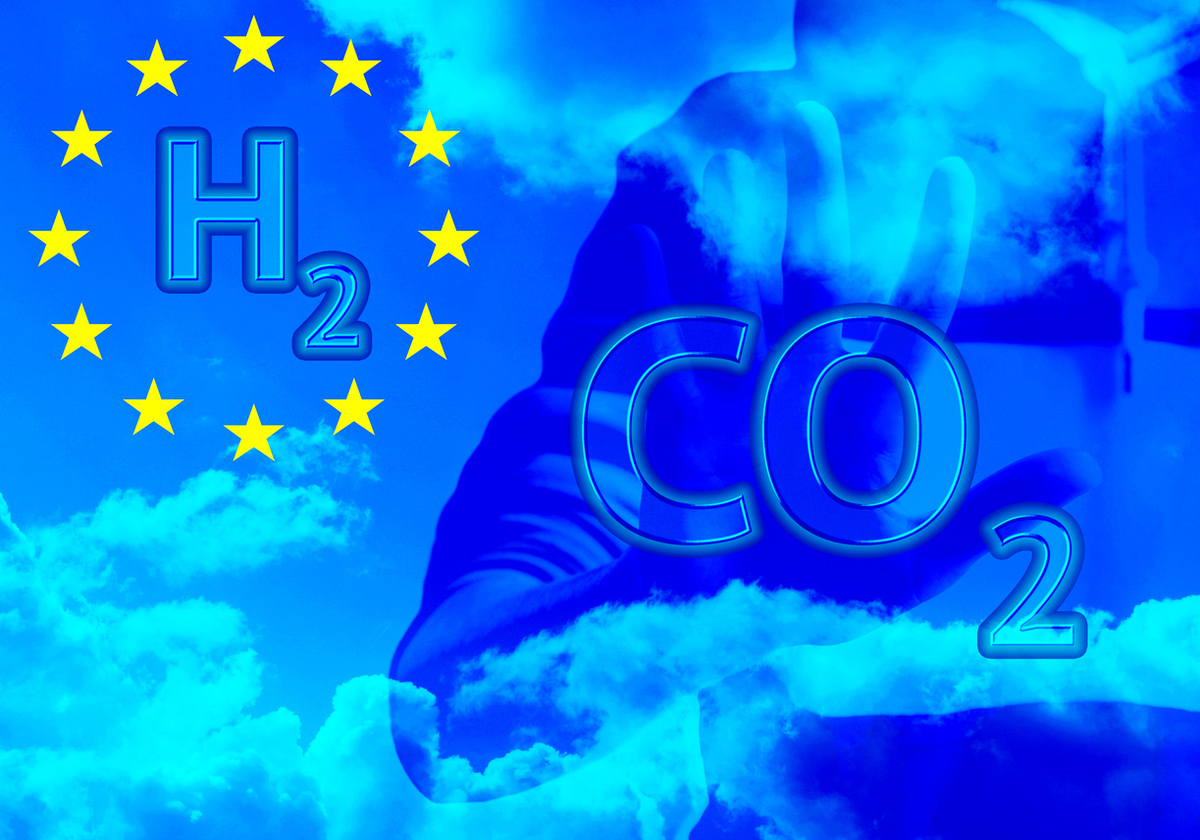Europe to accelerate energy transition to ditch dependence on Russia – EU
The continent is aiming to draw up its first map for hydrogen infrastructure by the end of next year, and have a preliminary assessment done by March, to accelerate the energy transition and reduce its dependence on Russia, the European Commission’s Aleksandra Tomczak has said.
 PHOTO: The European Commission is pushing for greater uptake and infrastructure for green hydrogen in Europe, targeting future production potential in Africa. Getty Images
PHOTO: The European Commission is pushing for greater uptake and infrastructure for green hydrogen in Europe, targeting future production potential in Africa. Getty Images
The world of energy has changed drastically especially after Russia invaded Ukraine, says Tomczak, who is the Member of Cabinet of the Executive of the European Commission Vice President Frans Timmermans. She made the comments at a webinar organised by Brussels-based industry body Hydrogen Europe on Wednesday.
In the light of these events, the European Commission has proposed a plan, called REPowerEU, to reduce Europe’s dependence on Russia’s fossil fuels by 2030.
“Hydrogen is a key part of this energy transition. We are now talking about 2 times of 10 million mt of renewable hydrogen that we will be consuming in Europe through domestic production and imports,” says Tomczak.
A big part of the targeted 20 million mt green hydrogen will come from production in sub-Saharan Africa and the MENA region, and some of the share from the UK and Norway, says Hydrogen Europe’s chief executive Jorgo Chatzimarkakis.
Europe needs to focus on Africa to enable green hydrogen production at a competitive rate. There is a technical potential to produce green hydrogen under $1.5/kg in Africa due to abundant sunshine and wind power, he says.
Green hydrogen is produced by separating hydrogen molecules from water through electrolysis powered with renewable energy.
This is a win-win situation for both continents. The partnership will create high-value energy in Africa that has not been tapped before and enable Europe to import green hydrogen at competitive rates, he adds.
The European Commission is also looking at setting up a mechanism to facilitate joint purchase of hydrogen for member states in Europe, Tomczak says.
However, she highlights that infrastructure remains a big hurdle in achieving this goal.
She adds that a lot of infrastructure that is already in place for gas supplies can be retrofitted to transport green hydrogen, but investments are needed to add more.
“We are in a classic chicken and egg situation where the producers of hydrogen are waiting for buyers of hydrogen and both sides are waiting for the infrastructure,” she adds.
The European Commission says it is committed to develop a market for hydrogen.
“Under Fitfor55 and REPowerEU we have proposed that a certain share of hydrogen that is already used in Europe should be renewable hydrogen,” she adds.
The Commission has proposed that 75% of the 10 million mt of grey hydrogen currently used in Europe should be switched to renewable by 2030. Besides, 5% of fuel used in transport should be renewable hydrogen by 2030.
In the next two years, EU countries’ can either choose to subsidise fossil fuels because of increased prices, or developing other sources of energy, she argues.
“We want to push that needle as much as possible towards the clean energy acceleration because subsidising fossil fuel will flush out a lot of money from the European economy. This is an important and perfect moment for us to start developing green hydrogen partnerships with countries that are interested in it,” she adds.
Currently, Europe is looking at proposing hydrogen partnerships in Africa and the Middle East, with Mediterranean as a trading basin where the hydrogen trade can happen, she says.





